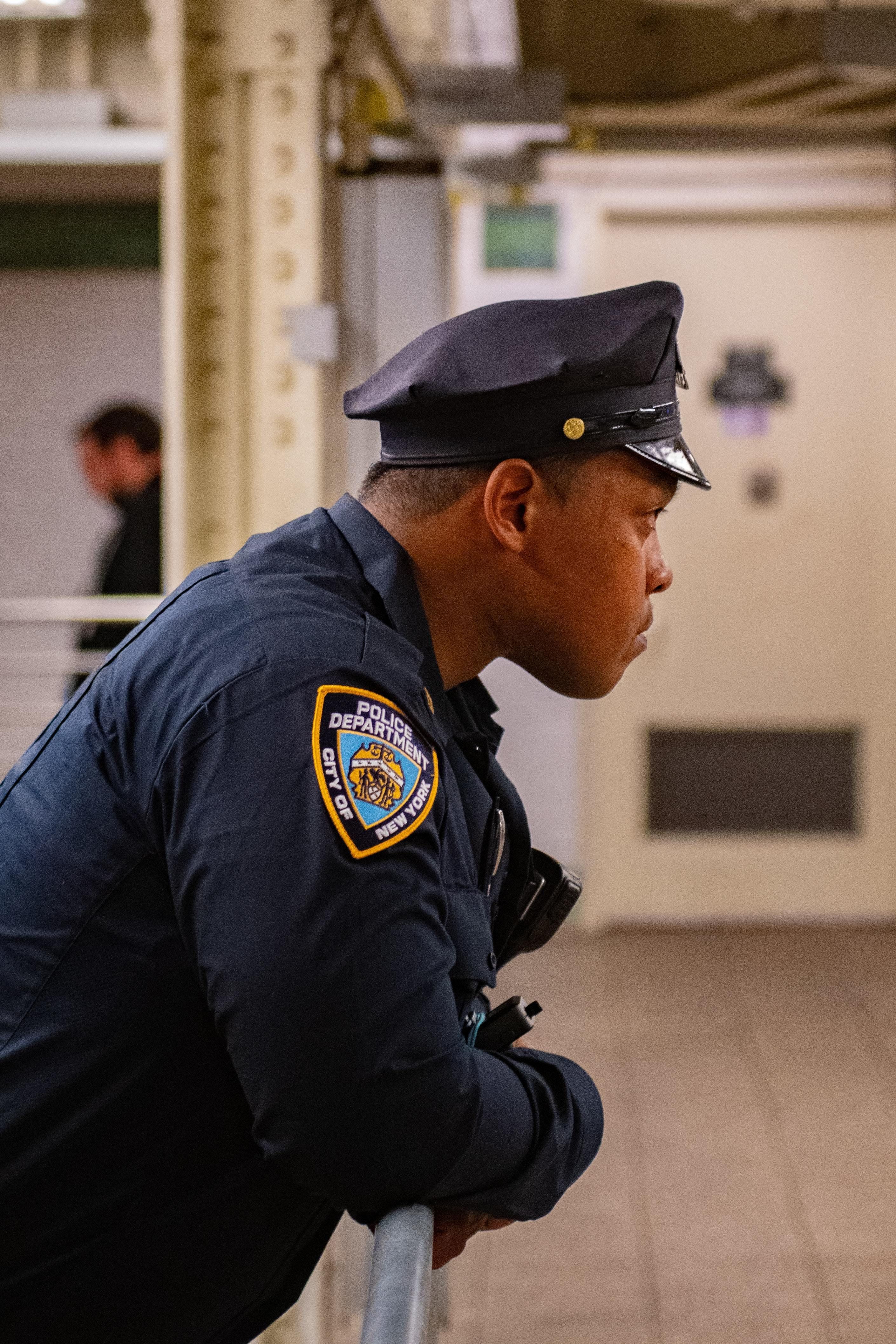Police Responses to Kids in a Traumatic Situation
"Hurt people hurt people."
In a traumatic situation such as a crime scene or a police call, EVERY CHILD UNDER 20 NEEDS HELP FROM THE POLICE, EVEN IF THEY SEEM TO BE THE PERPETRATOR. Expressions of rage or disrespect (such as rolling of eyes, sarcastic responses, or aggressive body language) often serve kids as armor to protect them from the intense fear or grief they're experiencing. Kids who have lived in chaotic or unsafe situations have learned from experience that being vulnerable by exposing their true emotions or needs most often results in getting hurt, so they put on a tough persona for authority figures.
Young kids: toddlers and babies, may appear not to understand the situation, so it's easy to ignore their needs. However, younger kids are soaking up the emotional landscape around them and using it to make conclusions about how safe they are and how the world works. Young ones need police support too, but in a very different way than older kids.
In every situation, there are details that law enforcement personnel can control that will minimize harm to the kids involved and set them up for a quicker recovery. The police CAN be agents of healing & prevention through the way they handle traumatic situations! Statistically, we know that reducing harm to kids & helping them address trauma can prevent kids from being incarcerated later in life.
Luckily, Yale Child Study Center and OJJDP have created a toolkit for Law Enforcement Personnel. Click HERE to download the PDF.
LA Dept. of Justice Law Enforcement Training: June 2021
The Louisiana Dept. of Justice hosted a Law Enforcement Training on Dealing with Child Victims in June of 2021. Since it was held in New Orleans, I was able to attend! It was me, some social workers, CAC employees, police officers and police chiefs from parishes all over the state. I sat in the back next to the St. Helena police chief. He was fun. I was SO out of my element.
But I got the fly-on-the-wall perspective of how police officers are trained, and how the law enforcement system deals with kids. The host and main speaker was Monica Taylor, who works in the Attorney General's office and specializes in human trafficking.
A few key points from the training:
Traumatic situations affect how our brains work in that moment.
- Our pre-frontal cortex, the area of the brain in charge of rational thought & impulse control, SHUTS DOWN.
- Our amygdala, the part of the brain that drives fear behavior, TAKES OVER THE BRAIN.
- The area that allows us to use speech & put thoughts into words SHUTS DOWN or is EXTREMELY IMPAIRED.
- All brain activity focuses on survival, the classic fight/flight/freeze response.
SO...
- If a witness or a victim can't answer your questions in that moment, it may not be intentional.
- It's most likely that every person involved in the situation, including children, are making decisions & responding to you based only on FEAR.
- People under 25 years old, whose pre-frontal cortex is still incompletely developed, are extremely impulsive in moments of trauma. They are nearly incapable of reasoning.
- Expressing anger toward or trying to intimidate a young victim or witness will NEVER YIELD ACCURATE RESULTS. Making them feel safe physically and emotionally will yield the best testimony.
Adolescent mental health is at an all-time low.
- Teen suicide rates have DOUBLED since 2006.
- Suicide is the second leading cause of death for kids from ages 10 to 24.
- Schools have been the first responders, noticing signs of depression, anxiety, and substance abuse in kids and providing support. In times of COVID, students have been without the structure and protection of school for long periods of time. In abusive households, kids were trapped during quarantine, with no support.
- Budgets for mental health initiatives in schools have been cut in the last five years.
SO...
- Depression and anxiety often lead to self-medication, which can easily become addiction.
- Both PTSD and addiction are characterized by suicidal thoughts.
- An addict or a kid acting out may be manifesting a death wish. Don't assume that every kid's motivation is to live.
- Sometimes, the rage a kid feels is anger at him- or herself, not others.
- Be quick to offer help & connect kids to resources. Click HERE to get to the 24 hour crisis text line to get a kid talking to a trained counselor immediately. If a kid expresses a desire to die, consider bringing her or him to a hospital psych. ward for admission instead of jail.
"Fight/Flight/Freeze" needs to be revised. The brain's survival response actually happens in this order: FREEZE, FLEE, FIGHT.
- "Tonic Immobility," or freeze, is our first gut response to danger. Think of a lizard or a snake moving along a sidewalk. When it hears footsteps, it freezes. This irrational state allows us to feel invisible and remove ourselves from the situation. Freeze is basically the brain shutting down.
- If we can progress past the freeze phase, our brain's next task is to decide whether to stay & fight or run for our lives. Fighting or running are actually the healthiest phases of survival response. When a victim is unsuccessful at escaping or fighting, PTSD is extremely likely.
SO...
- Most victims & witnesses will respond to a threat by freezing. This may last briefly, or they may become stuck in "freeze." In this case, they're unresponsive and cannot communicate or make decisions until they are safe, and also feel safe.
- Running or arguing (which is a form of "fight") are normal responses in a traumatic situation. Your anger at their response does NOT diffuse the situation. As the law enforcement officer, remain calm and validate their urge to run or fight. They may be able to indulge safely in either behavior for a time, but will be able to engage with you after working through their initial responses. Feeling that you are on their side will help them get to a calm state faster.









